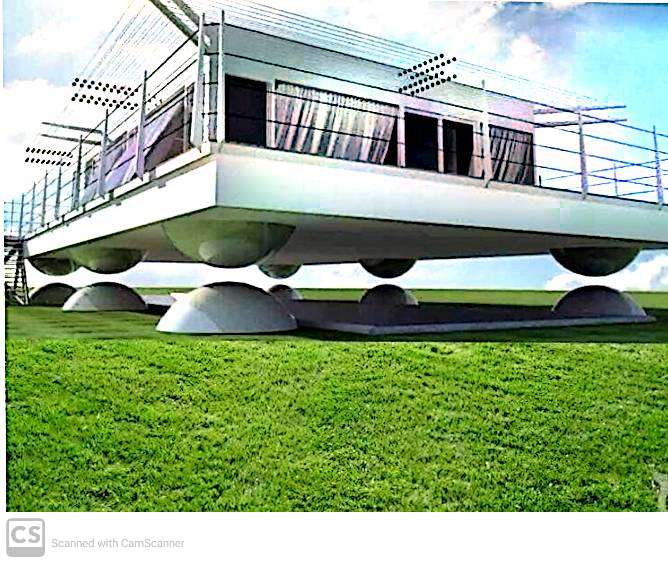JAPAN is revolutionizing earthquake safety with innovative technology that lifts houses into the air during seismic events.
This cutting-edge system, developed by Air Danshin Systems Inc., aims to protect homes from earthquake damage by physically separating the structure from the ground.
The technology involves installing hydraulic lift mechanisms beneath a building’s foundation. When sensors detect the initial shockwaves of an earthquake, the system activates, elevating the structure several feet above the ground within seconds. This temporary elevation isolates the house from violent ground movements, significantly reducing the risk of structural damage.
By lifting homes off the ground, the technology prevents direct impact, minimizing damage. It also decreases injuries and interior damage, making it a valuable solution for homes, schools, hospitals, and offices. Japan experiences thousands of earthquakes annually, making this system particularly relevant.
The technology has already proven effective in real-world scenarios. During a 7.3-magnitude earthquake in Japan, 30 homes equipped with Air Danshin’s system emerged unscathed. Similarly, homes with this technology survived a 9.1-magnitude earthquake in 2011.
Professor Hiroshi Tanaka, lead researcher, explains, “By lifting houses into the air, we can effectively ‘float’ them above the chaos of an earthquake. This technology has the potential to save countless lives and reduce economic losses associated with seismic events.”
While the technology shows promise, challenges remain. Retrofitting a single home can cost over three million yen (approximately $37,000), and concerns exist about environmental impacts. However, as Japan continues to invest in disaster prevention, this technology could become a global standard for earthquake-prone regions.
Eighteen-Eleven Media


